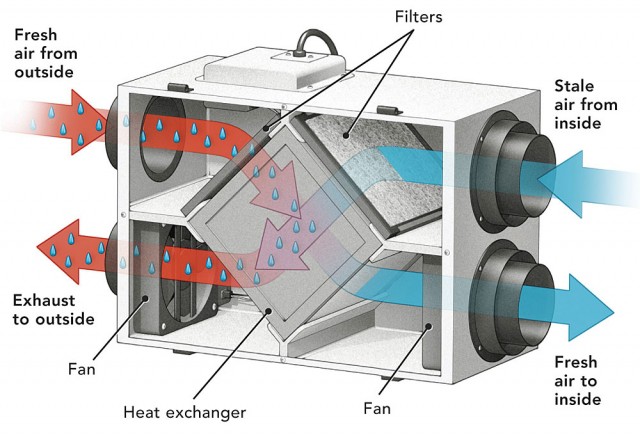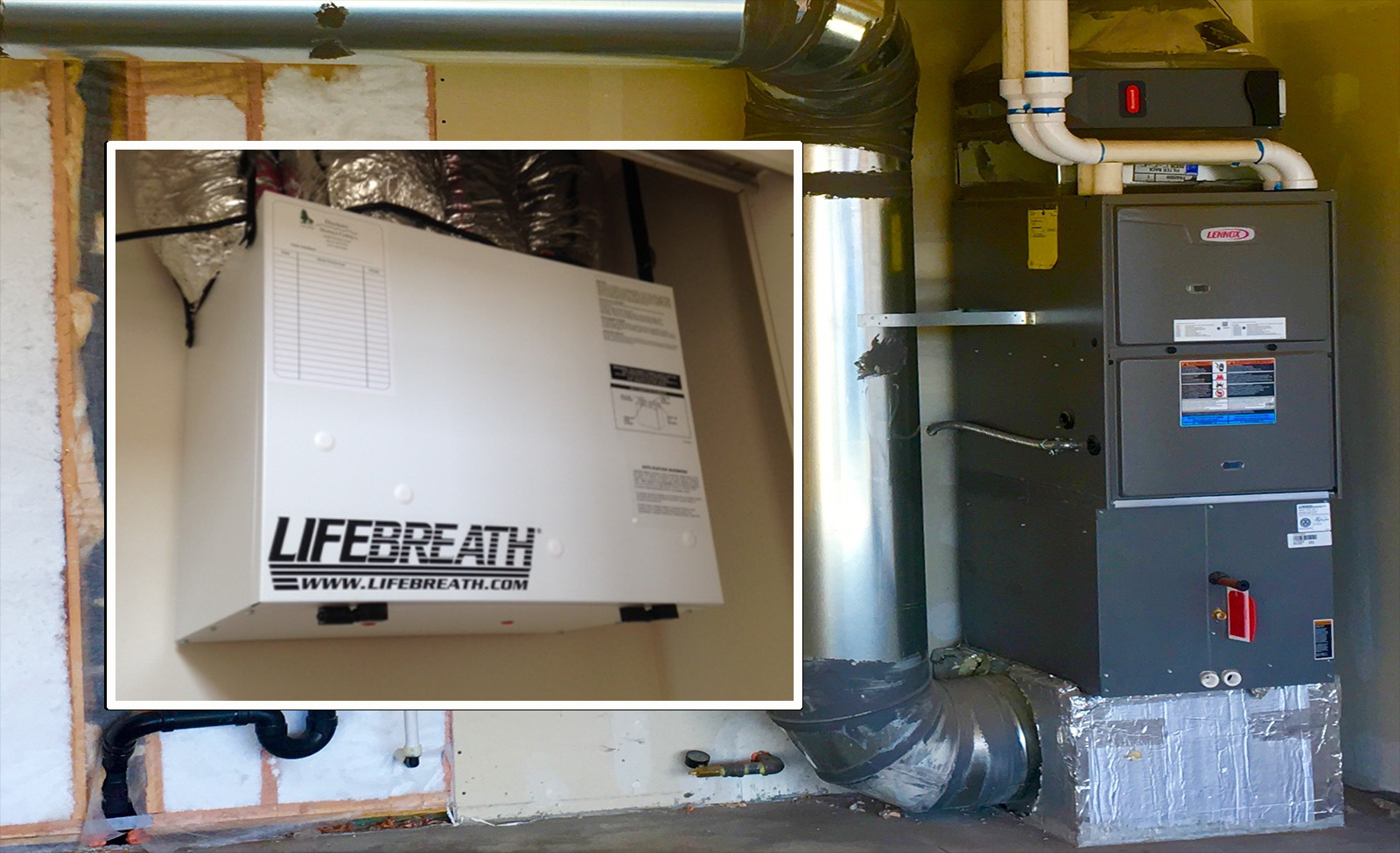How HRV Helps Prevent Mold and Indoor Damage
Wiki Article
The All-Inclusive Overview to the Uses of Heat Recovery Ventilation in Modern Structures
Heat Recovery Ventilation (HRV) systems stand for a substantial improvement in developing modern technology (HRV Heat Recovery Ventilation). They give a technique for exchanging stagnant interior air with fresh exterior air while decreasing power loss. This technique not just improves interior air quality however likewise adds to power efficiency in both residential and industrial structures. Recognizing the different applications and benefits of HRV can expose its important role in modern-day design and sustainability initiatives. The ramifications of this innovation deserve checking out even moreUnderstanding Heat Recovery Ventilation Solutions

Although lots of contemporary structures prioritize energy effectiveness, comprehending warmth recuperation air flow (HRV) systems is essential for enhancing indoor air high quality and lowering power consumption. HRV systems work by transferring heat from stale interior air to incoming fresh air, effectively maintaining comfortable indoor temperature levels while decreasing power loss. These systems contain a warmth exchanger, followers, and ductwork that assist in the blood circulation of air. Throughout winter, HRV units catch and reuse warmth from the outbound air, while in summer season, they can aid cool down inbound air. By continually trading air, HRV systems additionally lower moisture and the focus of indoor pollutants. Appropriate installation and maintenance of HRV systems are crucial for their efficiency and effectiveness in boosting total structure efficiency and convenience.
Advantages of Heat Recovery Ventilation
Heat recovery ventilation systems offer various advantages that enhance both power effectiveness and interior air quality in contemporary structures. By capturing and recycling energy from exhaust air, these systems considerably reduce cooling and heating expenses, bring about lower power intake. Additionally, they preserve a stable flow of fresh exterior air, lessening the danger of interior air contaminants and irritants. This constant exchange aids control humidity levels, avoiding mold development and ensuring a much healthier living atmosphere. In addition, HRV systems add to sustainability objectives by lowering total carbon impacts. Their capability to optimize ventilation without compromising thermal convenience makes them a beneficial addition to modern structure layout, promoting both economic and ecological benefits.Applications of HRV in Residential Buildings
As home owners increasingly prioritize energy efficiency and indoor air quality, the applications of heat recovery ventilation (HRV) systems in residential structures have come to be more common. HRV systems are especially advantageous in firmly secured homes, where preserving visit fresh air blood circulation is essential for avoiding moisture accumulation and interior toxins. They efficiently move warm from outgoing stagnant air to inbound fresh air, lowering energy costs related to heating & cooling. In addition, HRVs can boost comfort degrees by regulating moisture and temperature. They are also versatile for different residential designs, consisting of single-family homes and multi-unit buildings. In general, integrating HRV systems supports sustainable living practices while guaranteeing a much healthier indoor environment for residents.HRV in Industrial and Commercial Settings
In industrial and industrial setups, the implementation of heat recuperation air flow (HRV) systems has actually become significantly important for enhancing energy efficiency and keeping air high quality. These systems efficiently move heat from exhaust air to incoming fresh air, lowering the need for additional heating or cooling. This not only decreases power expenses yet additionally adds to sustainability efforts. Industries such as manufacturing, warehousing, and office complex profit greatly from HRV systems, as they assist manage temperature level and humidity levels, ensuring a comfortable and efficient setting. Furthermore, HRV systems help in getting rid of contaminants and excess wetness, boosting interior air quality. As laws around air top quality end up being stricter, the adoption of HRV technology is most likely to grow, making it a vital part of modern industrial and industrial infrastructure.Future Patterns in Heat Recovery Ventilation Innovation

Regularly Asked Concerns
How Does Heat Recovery Ventilation Effect Indoor Air Quality?
Heat recovery ventilation significantly improves indoor air quality by continuously trading stale check out here interior air with fresh exterior air while recovering energy. This procedure minimizes contaminants, maintains optimal humidity levels, and ensures a healthier environment for owners.Can HRV Systems Be Installed in Existing Structures?
HRV systems can certainly be mounted in existing structures. Retrofitting might need adjustments to ductwork and air flow formats, but it considerably enhances energy effectiveness and indoor air high quality, making it a practical choice for older frameworks.What Upkeep Is Needed for HRV Equipments?

Are There Certain Climates Where HRV Is More Effective?
Heat recovery ventilation systems are specifically reliable in environments with substantial temperature level differences between periods. These systems maximize energy efficiency by recovering heat from exhaust air, making them optimal for both cool and moderately cozy atmospheres.Just How Do HRV Systems Affect Energy Bills?

Report this wiki page